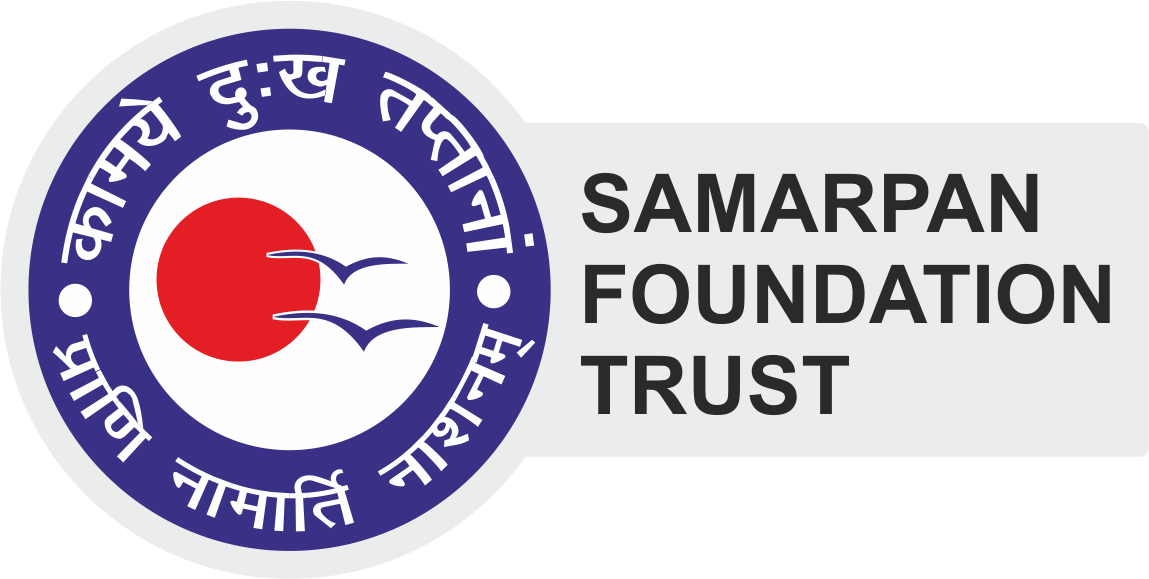Government Claims Vs Ground Realities in India (On Leprosy)
In the year 2005 the government of India has declared India completely free from the Leprosy, which is not the case. As per the WHO guidelines if a country observes new cases of any disease in a ratio of 1:1000 it can declare itself free from that disease.
Consequently, the GOI declared us free from this disease but looking at a population size of country such as India even this rate we have more than a lakh cases per year. Around a decade ago the government has announced to check the number by administering MDT (Multi Drug Therapy). But, it’s a fact that 60% of the total Leprosy affected people are still in India. As per study conducted in the year 2020 by an NGO shows that in the States and UTs where colonies are reported to be found, they are spread across 269 of 661 districts. The overall percentage of districts with colonies to the total districts in the State/UT is 40.69%.
Maharashtra is the only State which comes close to national average in this respect. Eight States are in the range of around or below 20% of their districts with leprosy colonies. Furthermore, these colonies are concentrated only in certain districts. In the UT of Chandigarh which has only one district and Andhra Pradesh State which has a total of 13 districts and colonies are spread across all of them hence the percentage comes to 100%. States of Haryana and Uttarakhand have leprosy colonies in about 60% districts, whereas States of Odisha and Punjab have 76% and 89% districts respectively with leprosy colonies. States where about 50% of districts have leprosy colonies are Bihar, Delhi, Himachal Pradesh, Karnataka and Uttar Pradesh.

